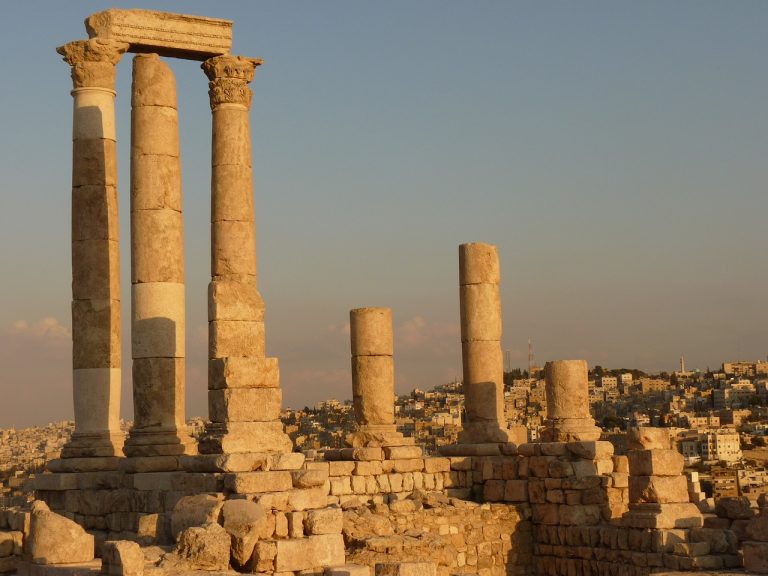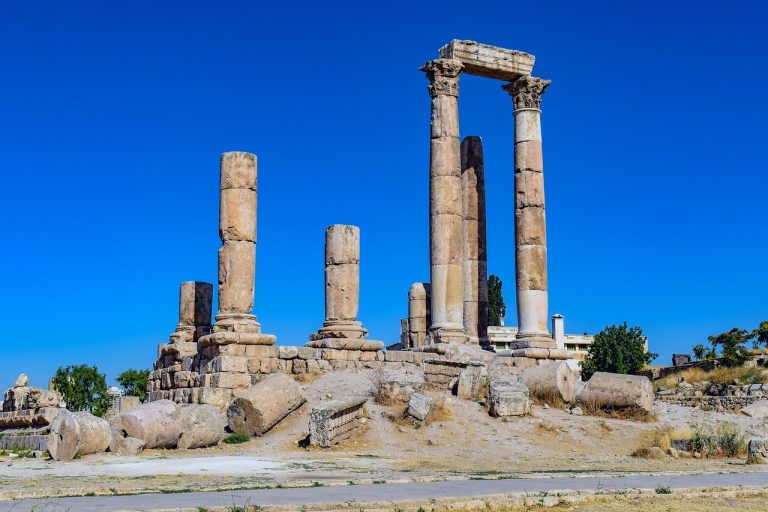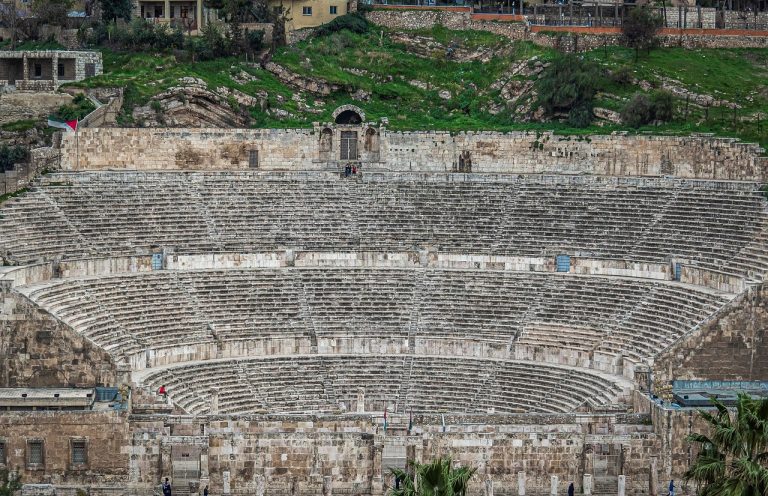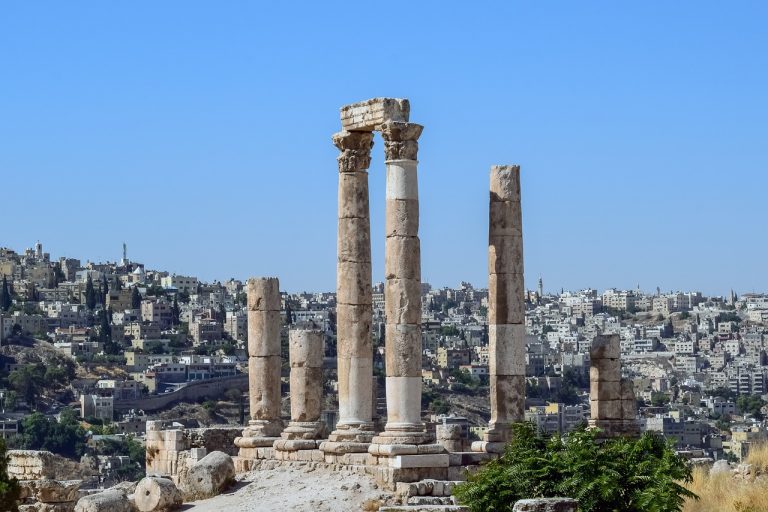Amman Jordan Video
Amman, the capital city of Jordan, is known for its rich history and vibrant culture. The city is adorned with several architectural wonders that showcase the country’s past and present. From ancient ruins to modern skyscrapers, Amman’s skyline is a testament to its architectural diversity. In this article, we will explore some of the iconic buildings in Amman, highlighting their unique features and historical significance.
The Amman Citadel
The Amman Citadel, also known as Jabal al-Qal’a, is a historical site located on the highest hill in Amman. It is home to various ancient structures, including the Temple of Hercules, Umayyad Palace, and the Byzantine Church. The Citadel offers panoramic views of the city and serves as a window into Amman’s past. The archaeological findings in this area date back to the Bronze Age, making it a must-visit for history enthusiasts.
- Temple of Hercules: The Temple of Hercules is the most prominent structure within the Amman Citadel. It was built during the reign of the Roman Emperor Marcus Aurelius and is dedicated to the mythological hero Hercules. The temple’s towering columns and intricate carvings are a testament to the architectural prowess of the Romans.
- Umayyad Palace: The Umayyad Palace is a remnant of the Umayyad dynasty, which ruled during the 8th century. The palace complex consists of several buildings, including a mosque and a courtyard. Its architectural elements, such as the decorative stucco and frescoes, reflect the artistic style of the Umayyad period.
- Byzantine Church: The Byzantine Church is a significant religious site within the Amman Citadel. It dates back to the 6th century and showcases intricate mosaic floors and remnants of religious frescoes. The church’s architectural design reflects the Byzantine influence on the region.
Keywords: Amman Citadel, Temple of Hercules, Umayyad Palace, Byzantine Church
Amman Jordan Image 1: 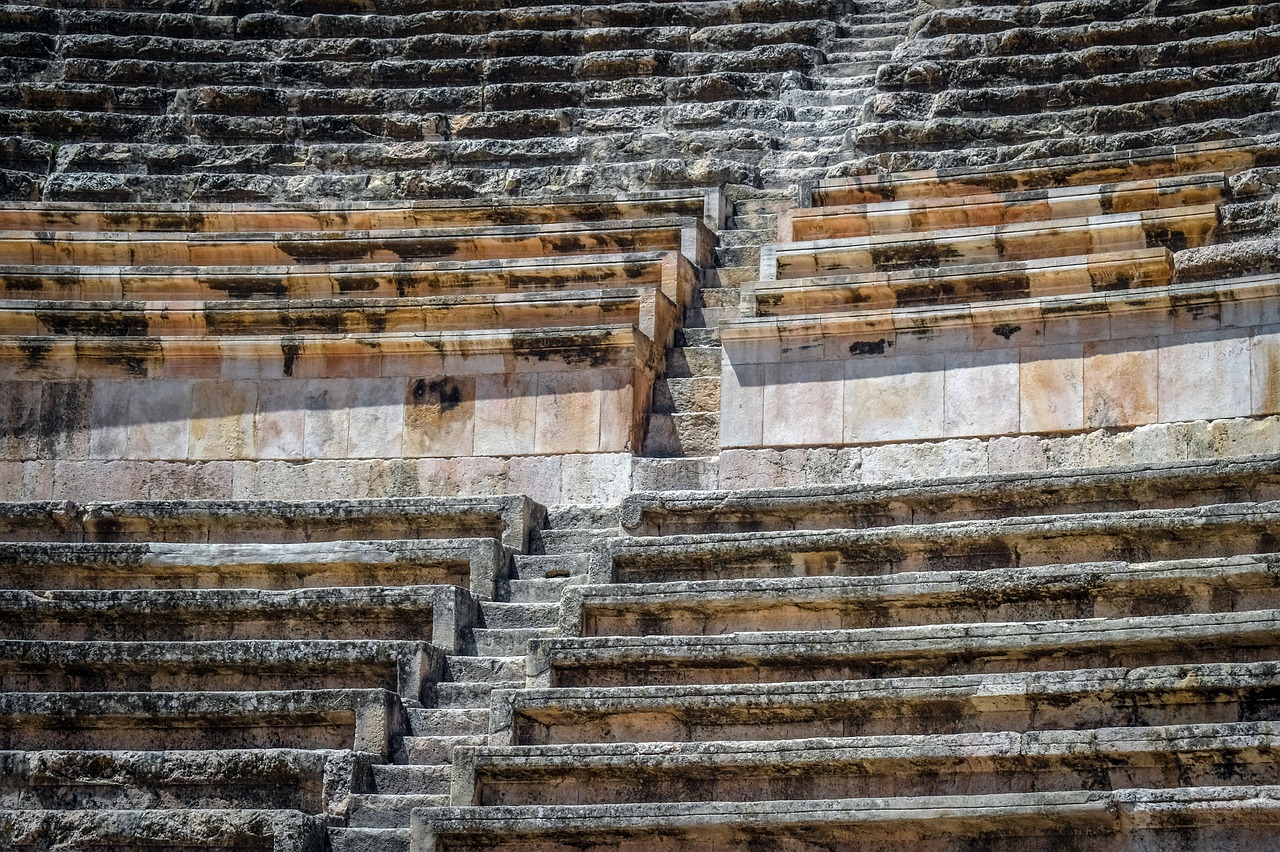
Royal Automobile Museum
The Royal Automobile Museum in Amman showcases a remarkable collection of vehicles that belonged to the Jordanian royal family. The museum offers a captivating journey through the history of transportation, displaying classic cars, motorcycles, and even military vehicles. It provides visitors with insights into the country’s automotive heritage and the role of transportation in shaping Jordan’s development.
- Classic Cars: The museum houses a wide range of classic cars, including models from renowned brands like Rolls-Royce, Cadillac, and Mercedes-Benz. These vehicles reflect the luxury and elegance of the eras they represent, allowing visitors to appreciate the evolution of automotive design.
- Military Vehicles: The Royal Automobile Museum also features a collection of military vehicles, showcasing the country’s defense history. Tanks, armored vehicles, and military trucks offer a glimpse into Jordan’s military capabilities and its role in regional security.
- Royal Family Vehicles: The museum proudly displays vehicles that were once used by the Jordanian royal family. This includes cars used during official visits, ceremonial events, and everyday transportation. These vehicles provide a unique insight into the lifestyle of the royal family and their contribution to Jordan’s cultural heritage.
Keywords: Royal Automobile Museum, classic cars, military vehicles, royal family
Amman Opera House
The Amman Opera House is a modern architectural marvel that serves as a hub for performing arts in Jordan. Designed by renowned architect Zaha Hadid, the opera house showcases a contemporary and futuristic design that harmonizes with the surrounding landscape. It is a symbol of Amman’s cultural aspirations and commitment to the arts.
- Architectural Design: The Amman Opera House features a distinctive design characterized by sweeping curves and bold geometric shapes. The structure seamlessly blends into its environment, creating a visually stunning experience for visitors. The use of glass and steel emphasizes transparency and openness, inviting the public to engage with the arts.
- Performance Spaces: The opera house comprises multiple performance spaces, including a main auditorium, smaller theaters, and rehearsal rooms. These spaces accommodate a wide range of artistic disciplines, such as opera, ballet, theater, and concerts. The state-of-the-art facilities provide a platform for local and international artists to showcase their talent.
- Cultural Significance: The Amman Opera House has become a cultural landmark in the city, attracting both locals and tourists. It hosts a diverse program of performances and events, contributing to the enrichment of Jordan’s cultural scene. The opera house’s presence reflects the city’s commitment to nurturing creativity and promoting artistic expression.
Keywords: Amman Opera House, architectural design, performance spaces, cultural significance
Amman Jordan Image 2: 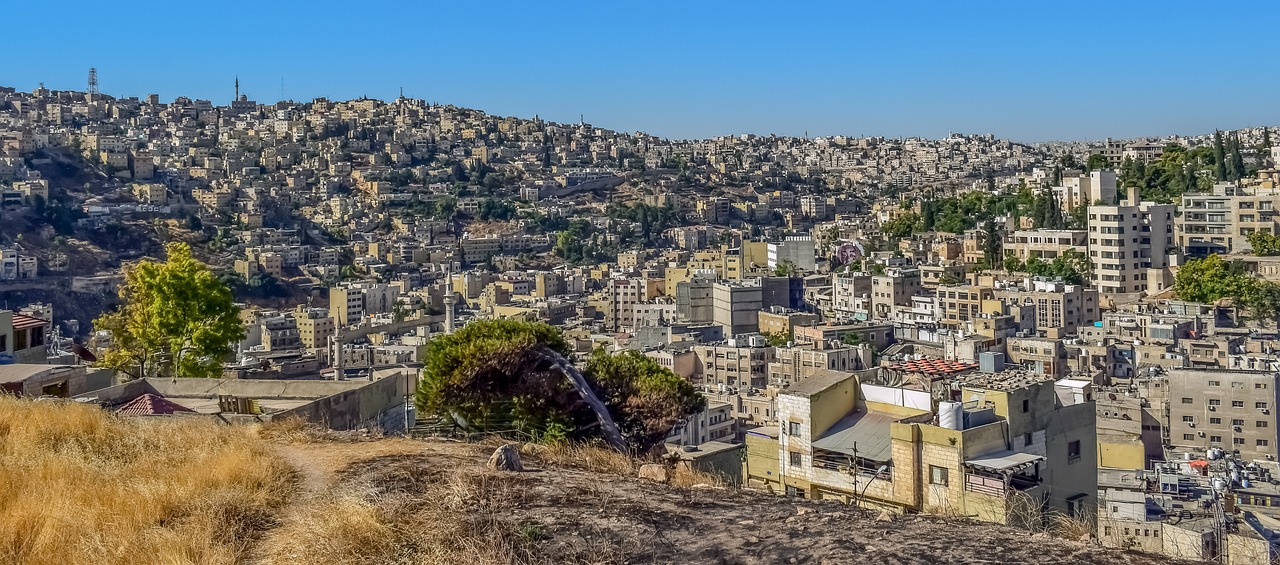
Jordan Gate Towers
The Jordan Gate Towers are a pair of skyscrapers that dominate Amman’s skyline. This architectural marvel combines residential, commercial, and hotel spaces, offering a luxurious and modern lifestyle in the heart of the city. The towers’ unique design and strategic location make them a prominent landmark in Amman’s urban landscape.
- Architectural Design: The Jordan Gate Towers feature a sleek and contemporary design that stands out amidst the surrounding buildings. The towers’ façade showcases a combination of glass and steel, creating a striking visual impact. The design incorporates environmentally friendly features, such as energy-efficient systems and sustainable materials.
- Residential Spaces: The towers offer luxury residential apartments with panoramic views of the city. The spacious and elegantly designed units provide residents with a comfortable and upscale living experience. Amenities such as swimming pools, fitness centers, and concierge services enhance the overall lifestyle within the towers.
- Commercial and Hotel Spaces: The Jordan Gate Towers also house offices and commercial spaces, attracting businesses and entrepreneurs. The towers’ strategic location makes them an ideal choice for companies looking for a prestigious address in Amman. Additionally, a five-star hotel within the complex provides accommodation for visitors and tourists.
Keywords: Jordan Gate Towers, architectural design, residential spaces, commercial spaces
King Abdullah Mosque
The King Abdullah Mosque, also known as the Blue Mosque, is a magnificent religious landmark in Amman. It is named after the late King Abdullah I, the founder of modern Jordan. The mosque’s stunning blue dome and intricate architecture make it a significant cultural and spiritual site in the city.
- Architectural Beauty: The King Abdullah Mosque features a blend of modern and traditional Islamic architectural elements. The mosque’s blue dome, adorned with intricate geometric patterns, is one of its most distinctive features. The interior of the mosque is equally impressive, with ornate chandeliers, marble floors, and calligraphic inscriptions.
- Religious Significance: The mosque serves as a place of worship for Muslims and a center for religious activities. It can accommodate thousands of worshippers and hosts Friday prayers, religious lectures, and Quranic recitation sessions. The tranquil ambiance and spiritual atmosphere make it a serene haven for those seeking solace.
- Cultural Heritage: The King Abdullah Mosque reflects Jordan’s commitment to preserving its cultural heritage. It stands as a symbol of the country’s Islamic identity and its rich history. Visitors can explore the mosque’s architecture, learn about Islamic traditions, and gain a deeper understanding of Jordan’s religious and cultural fabric.
Keywords: King Abdullah Mosque, architectural beauty, religious significance, cultural heritage
Amman Jordan Image 3: 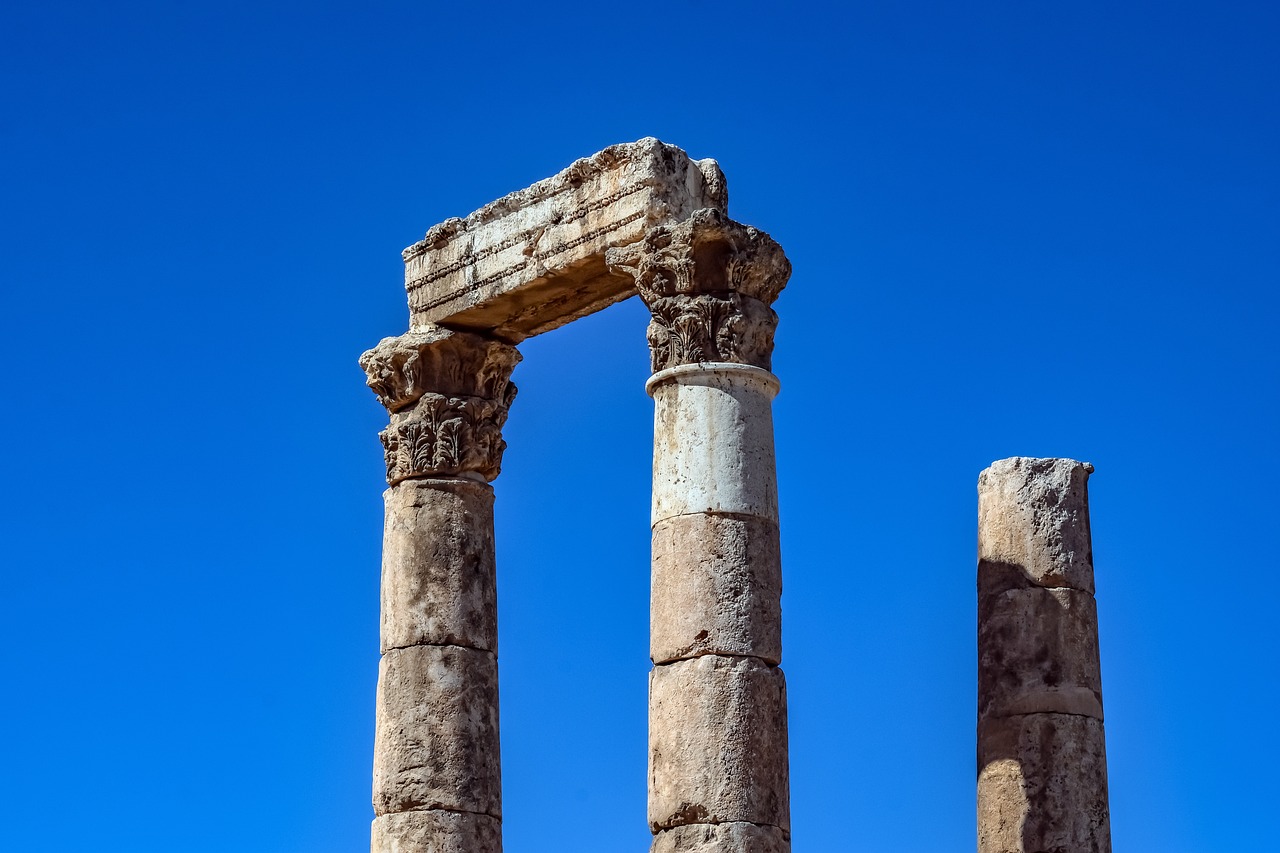
Conclusion
Amman, Jordan’s capital city, is a treasure trove of architectural wonders. From ancient historical sites to modern masterpieces, the city offers a diverse range of architectural styles and influences. The buildings discussed in this article represent a fraction of what Amman has to offer. Exploring these iconic structures allows visitors to delve into the city’s rich history, cultural heritage, and artistic achievements.
References
– Royal Automobile Museum: royalautomuseum.jo
– Amman Opera House: ammanoperahouse.gov.jo
– Jordan Gate Towers: jordangatetowers.com
– King Abdullah Mosque: visitjordan.com



